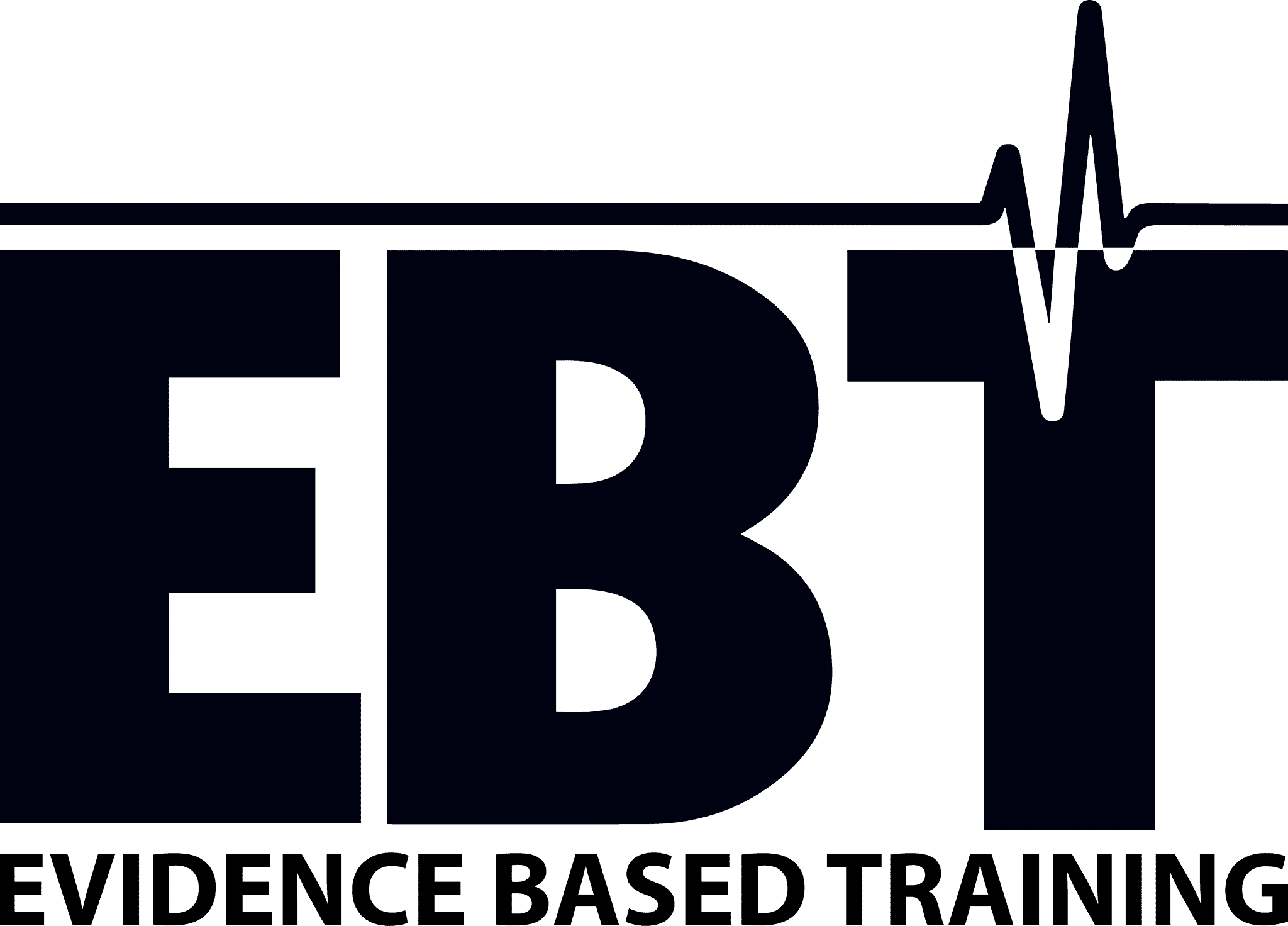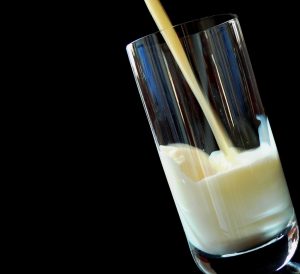There’s a lot of fake news about saturated fat. Even some doctors are citing studies claiming saturated fat isn’t dangerous. Yet top nutrition scientists from eight countries have collaborated to look at all the research they could find to make solid recommendations (5). Here, we’ll give you their conclusions about saturated fat.
TAKE HOME POINTS
- Saturated fat is found mainly in animal products like butter, red meat, chicken, and dairy, but also in some plant products like coconut oil and palm oil.
- The longer your diet is high in saturated fat, the higher your risk of dying from a heart attack.
- The exception is saturated fat from dairy, which REDUCES risk of heart disease.
- You can set up your diet for fat loss and heart health by following our Diet Like a Doctor system.
Where does saturated fat come from?
Saturated fat mainly found in butter and animal products like red meat and chicken, but also dairy and some plant products like palm oil and coconut oil. Remember, many food contain a MIX of for saturated and unsaturated fats. Lard, for example is high in monounsaturated fat as well as saturated fat. Does this make lard healthy? No! If you want to optimize your health, it is better to focus on the FOOD rather than only looking at what fat type it contains.
How saturated fat affects the body
Saturated fat, like other fats, is mainly used as an energy source because it is rich in calories. However, ti can also increase your risk of heart disease. Find out how below.
Can saturated fat be stored in the body?
Yes, if your body gets more calories than it needs, it will store these calories in your fat tissue and blood vessel walls. Saturated fat is more easily stored in blood vessel walls.
When you eat, fat is transported from your gut to your liver for “detox”. Because fat can’t dissolve in your blood, the body uses transporters called “chylomicrons”. Your liver can then send out fat to your cells in another transporter called “VLDL” which delivers fat to muscles and fat tissues. As it loses fat, VLDL turns into LDL (the “bad” cholesterol) can keep transporting fat into your vessel walls, but also into your cells. If fat needs to get back to your liver, another transporter, HDL (the “good” cholesterol) can move the fat back. Saturated fat increases LDL levels, meaning more of your excess fat moving into your blood vessel walls.
Are saturated fats bad for you?
Yes, they can increase the risk of heart disease by 32% (1), especially if they come from butter and animal sources. Replacing saturated fat with the same calories from ANY other nutrient will reduces risk of heart disease. (4) The longer your diet is high in saturated fat, the higher your risk of dying from a heart attack. This is because LONG-CHAIN saturated fatty acids increase levels of LDL (2). The exception is dairy foods like yoghurt and cheese which DECREASE risk of heart disease (3). This is because they have SHORT-CHAIN saturated fatty acids which work differently. To maximize your diet health, replace saturated fats from meats and butter with unsaturated fats from fish, oils, seeds, nuts and avocados (5).
Are saturated fats worse than unsaturated?
Yes. Replacing foods high in saturated fat with foods high in unsaturated fat will reduce your risk of heart disease (4). There are both polyunsaturated and monounsaturated fats, and foods with any of these are generally better for you than foods high in saturated fat. This is because unsaturated fats help lower your LDL levels (“bad” cholesterol), while saturated fat will increase your LDL level. As a rule of thumb, however, you should be eating mainly unsaturated fat from MARINE and PLANT sources if you want to optimize your health. That means seafood, nuts, seeds and avocados. (5)
How saturated fat increase LDL? How saturated fat increase cholesterol? How saturated fat raises cholesterol?
Saturated fat will stop your cells from making “LDL receptors” which are used to clear LDL from the blood. With less LDL receptors, you end up with more LDL in the blood and thus more fat LDL moving fat into your blood vessel walls (6). Meanwhile, polyunsaturated fats help your cells make “LDL receptors”, which means they can clear more LDL from the blood, protecting you from heart disease.
Other mechanisms that make saturated fat unhealthy is that saturated fat stays in your blood for longer (causes high postprandial lipemia and is harder to clear from chylomicrons) (7), saturated fats make your blood clot easier, and that they make blood vessel walls dysfunction properly a.k.a. endothelial dysfunction (8). Polyunsaturated fats instead easily leave your blood, help prevent clotting of blood and improve your blood-vessel health.
Can saturated fat be burned off?
Yes! If your body isn’t getting enough calories from food, it will start burning fat, including saturated fat. This is hard to achieve by simply burning more calories in the gym, because your body will then unconsciously move less outside of the gym to make up for the extra burned calories. Simply eating less food is also difficult, as 85% of dieters regain their lost weight after 1 year (9). To successfully burn fat, you need a diet that keeps you full with less calories and plenty of nutrients.
How to eat to burn saturated fat
If you are looking to lose fat and you are tired of fad diets, our eBook Diet Like a Doctor helps you burn fat and keep it off. Each chapter provides practical steps to make changes NOW. Unlike other diet books, Diet Like a Doctor is completely evidence based with over 250 scientific references. Click here to learn more.
1. Stamler et al 2010. Diet-Heart: A Problematic Revisit.
2. Yartiainen et al. Thirty-five-year trends in cardiovascular risk factors in Finland.
3. Kim et al 2106. Dairy consumption and risk of metabolic syndrome: a meta-analysis.
4. Li et al 2015. Saturated fat as compared to unsaturated fats and sources of carbohydrates in relation to the risk of coronary heart disease: a prospective cohort study. 5. Nordic Nutrition Recommendations 2012.
6. Woollett et al J Lipid Res. 1992. Saturated and unsaturated fatty acids independently regulate low density lipoprotein receptor activity and production rate.
7. Bergouignan et al Prog Lipid Res 2009. Metabolic fate of saturated and monounsaturated dietary fats: the Mediterranean diet revisited from epidemiological evidence to cellular mechanisms.
8. Dow et al Am J Cardiol. 2014. Influence of dietary saturated fat intake on endothelial fibrinolytic capacity in adults.
9. Christian J et al. International journal of obesity 2005. Interpreting weight losses from lifestyle modification trials: using categorical data.









